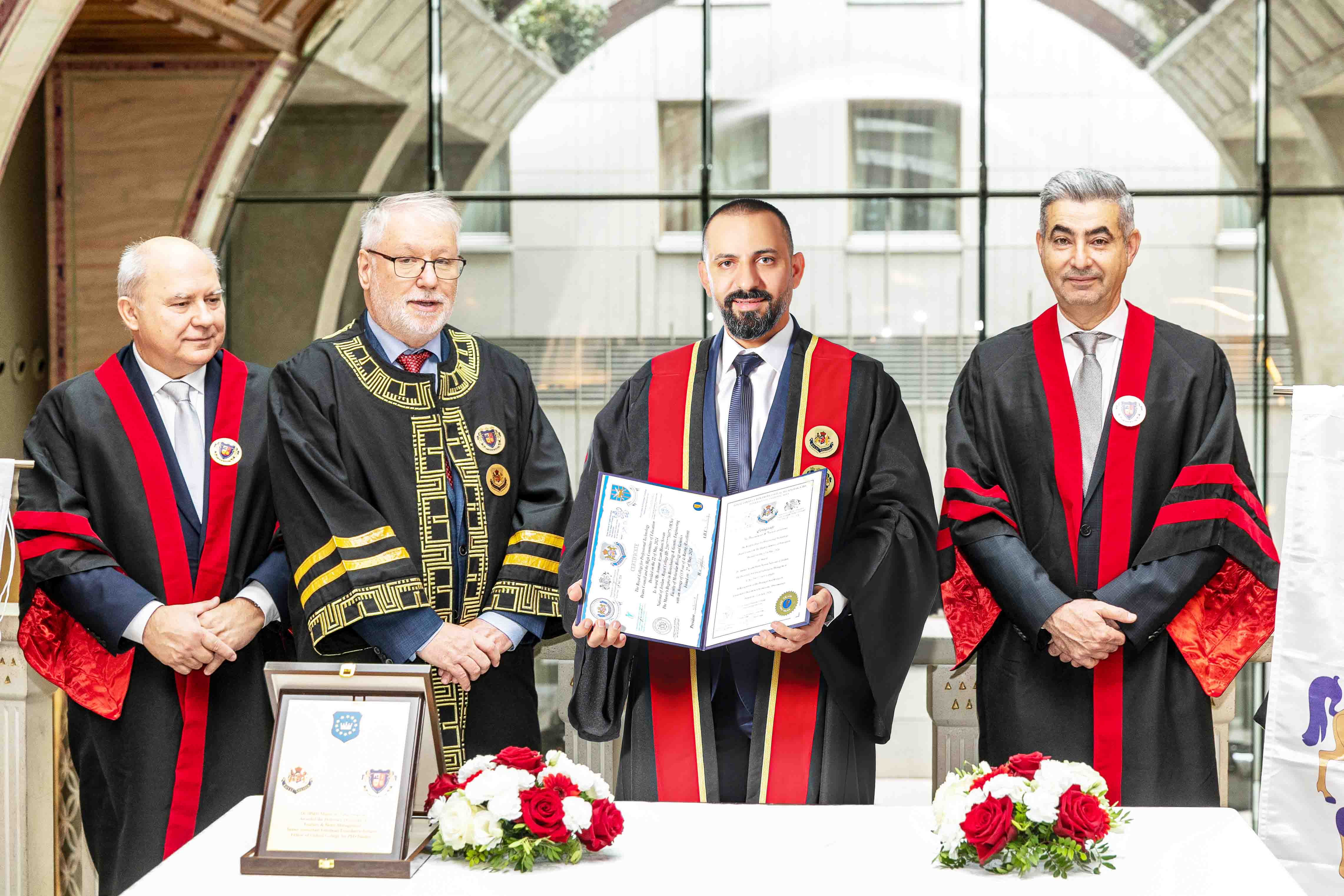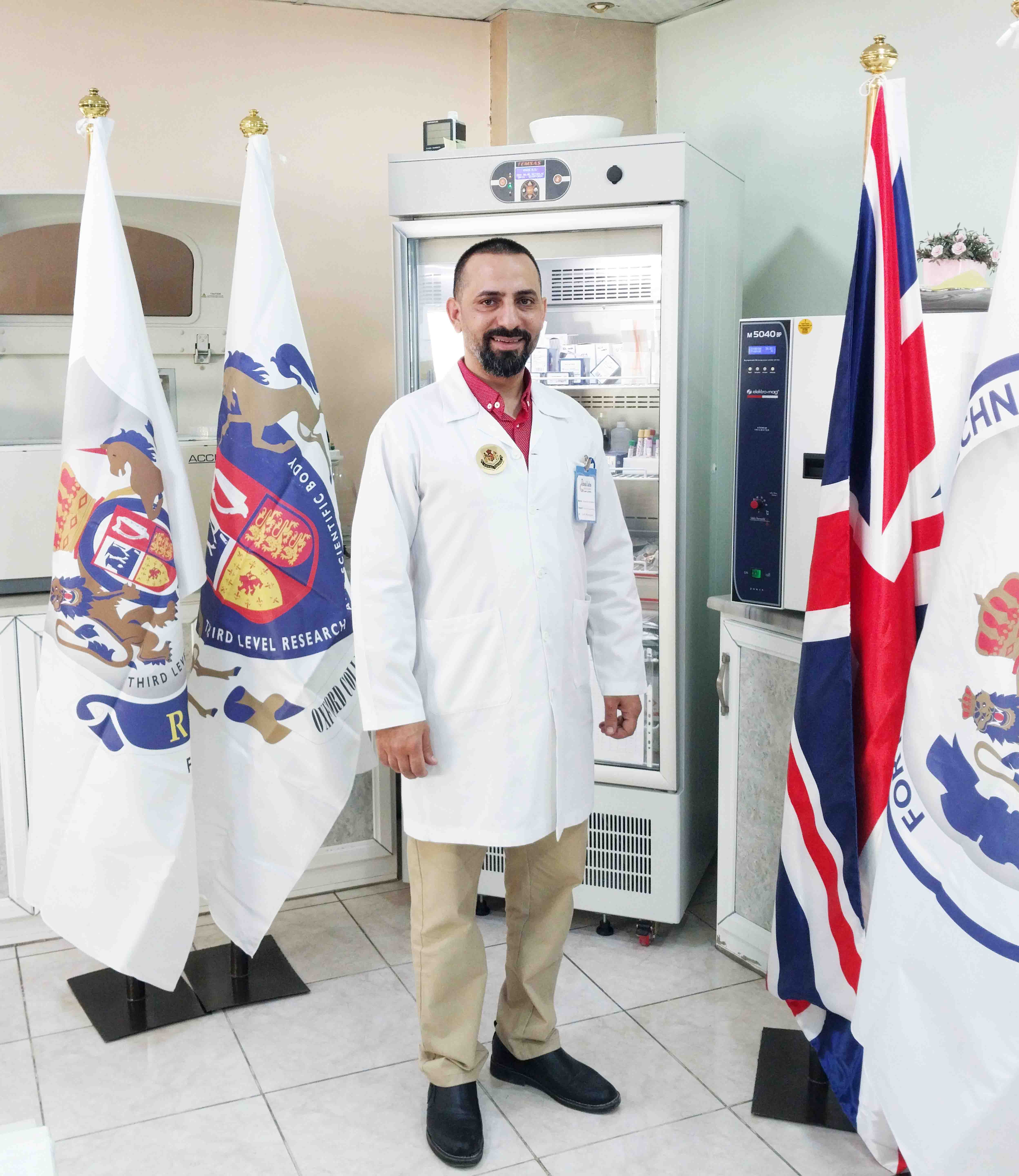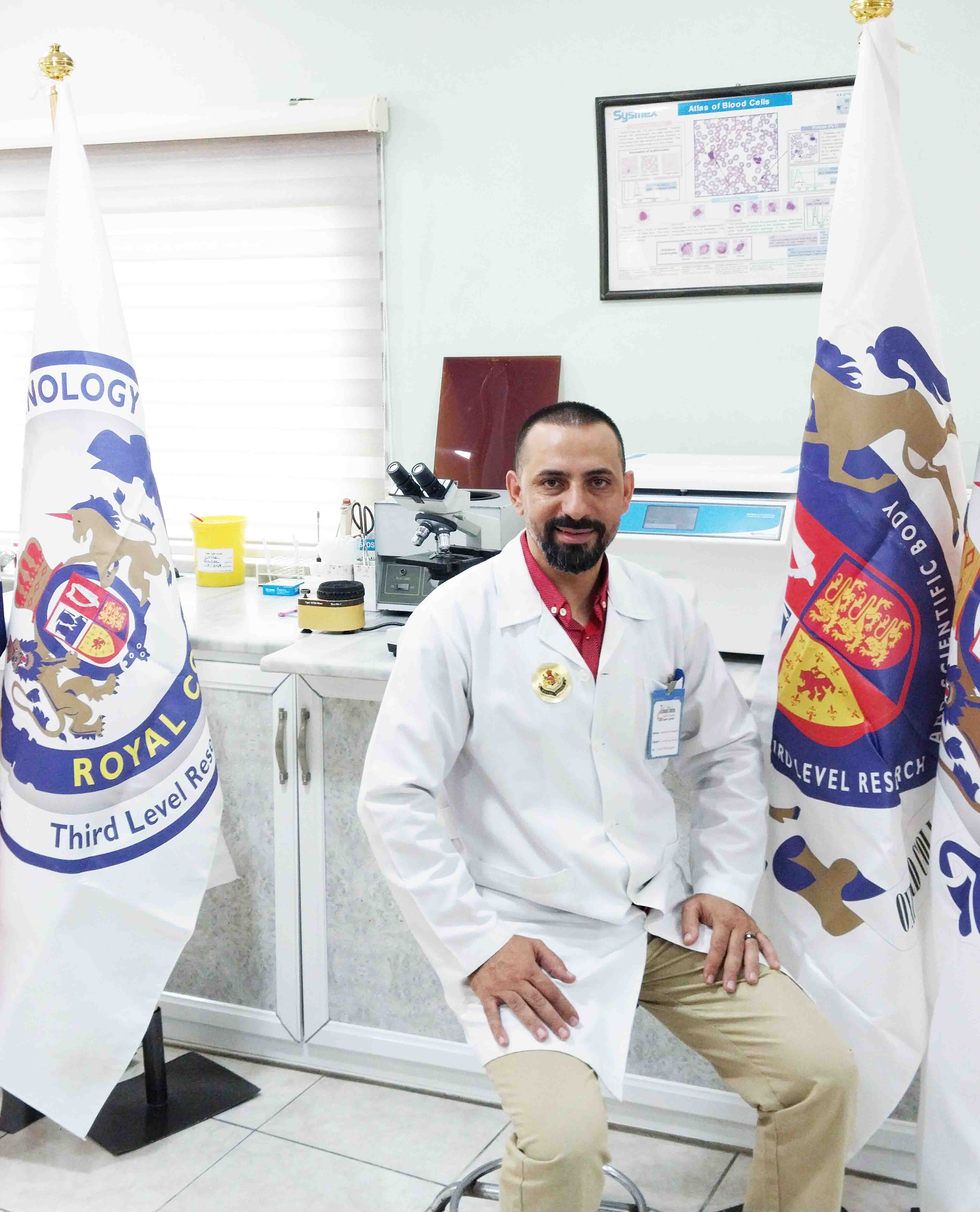Biology & Cytogenetics
Cytogenetics
The study of
chromosomes, which are long strands of DNA and protein that contain most of the
genetic information in a cell. Cytogenetics involves testing samples of tissue,
blood, or bone marrow in a laboratory to look for changes in chromosomes, including
broken, missing, rearranged, or extra chromosomes. Changes in certain
chromosomes may be a sign of a genetic disease or condition or some types of
cancer. Cytogenetics may be used to help diagnose a disease or condition, plan
treatment, or find out how well treatment is working.
Structures
of DNA strands
and protein that contain most of the genetic information in a cell. We can
visualize chromosomes in metaphase during the cell cycle. Cytogenetics refers
to the study of tissue, blood, blood marrow, or culture cells in a laboratory,
using banding or manipulating techniques to look for changes in the
chromosomes, including broken, missing, rearranged, or extra chromosomes.
Changes in the chromosomes may be a sign of a genetic disease or condition. Cytogenetics
may be used to help diagnose, plan a treatment, or find out how well a
treatment is working.
DNA,
or deoxyribonucleic acid, is the hereditary material in humans and almost all
other organisms. Nearly every cell in a person’s body has the same DNA. Most
DNA is located in the cell nucleus (where it is called nuclear DNA), but a
small amount of DNA can also be found in the mitochondria (where it is called
mitochondrial DNA or mtDNA). Mitochondria are structures within cells that
convert the energy from food into a form that cells can use.
The information in DNA is stored as a code made up of four chemical bases: adenine (A), guanine (G), cytosine (C), and thymine (T). Human DNA consists of about 3 billion bases, and more than 99 percent of those bases are the same in all people. The order, or sequence, of these bases determines the information available for building and maintaining an organism, similar to the way in which letters of the alphabet appear in a certain order to form words and sentences.





